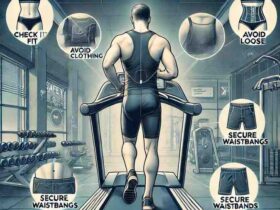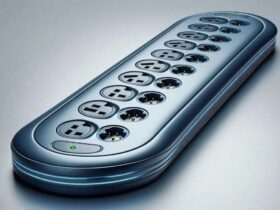Enhancing Your Space with LED Strips
LED strip lighting is a versatile and energy-efficient solution that can instantly transform any space. Whether you’re adding a splash of color to your home, enhancing a commercial display, or brightening outdoor areas, LED strips offer vibrant colors and dynamic effects. To streamline installation and create a cohesive lighting experience, connecting multiple LED strips to one power source is essential. This guide provides detailed, step-by-step instructions to help you achieve this setup effectively and safely.
Firstly, gather all necessary materials including LED strips, a compatible power supply, and connectors. Ensure the power supply’s voltage and current rating matches the LED strips’ requirements. This step is crucial for the safety and functionality of your lighting. Next, plan the layout of your LED strips to determine how they will connect across your chosen space. This planning phase helps avoid unnecessary cuts and adjustments later.
Once your layout is set, begin connecting the LED strips. Use designated connectors or soldering techniques to attach each strip securely. Make sure all connections are tight and well insulated to prevent any electrical hazards. Now, connect the assembled strips to the power source, ensuring all polarities match correctly. This careful attention to detail prevents malfunction and increases the longevity of your LED strips.
Finally, test your installation by turning on the power. Adjustments may be necessary to achieve the desired lighting effect. With proper installation, your space will be enhanced with beautiful, seamless LED lighting, making it more inviting and lively. This method not only adds aesthetic value but also contributes to energy efficiency.

Here is the image for the cover of your guide, “How to Connect Multiple LED Strips to One Power Source.”
Understanding LED Strip Basics :
1. Types of LED Strips
Before diving into installation, it’s crucial to understand the different types of LED strips available:
Single-Color LED Strips:
Understanding the types of LED strips is essential before learning how to connect multiple LED strips to one power source. Single-color LED strips are the simplest type, providing a fixed light color ideal for uniform lighting scenarios. These strips are typically used where consistent ambiance is necessary, such as under cabinet lighting or for accentuating architectural features. When planning to connect multiple single-color strips to a single power source, it’s crucial to ensure that the power supply can handle the combined current of all strips. This approach not only simplifies installation but also ensures a cohesive lighting effect across your space.
RGB LED Strips:
Before installing LED strips, it’s crucial to understand the various types available, especially when planning how to connect multiple LED strips to one power source. RGB LED strips are particularly versatile, capable of displaying multiple colors, which can be controlled via a remote or a smartphone app. This flexibility makes them ideal for creating dynamic, customizable lighting setups in your home or commercial spaces. When connecting multiple LED strips to a single power source, ensure the power supply can handle the combined current of all strips. This careful planning guarantees a reliable and effective lighting solution, enhancing the atmosphere of any environment.
Addressable LED Strips:
Before beginning installation, it’s crucial to understand the different types of LED strips available, such as addressable LED strips. These strips are unique because each LED can be individually controlled, allowing for different colors and patterns on a single strip. This capability makes addressable LED strips perfect for intricate, dynamic displays in both home and commercial settings. When considering how to connect multiple LED strips to one power source, it’s important to ensure the power supply is robust enough to handle the total amperage of all strips. Connecting multiple strips together efficiently not only streamlines installation but also maximizes the visual impact and functionality of your lighting setup.
2. Components Required for Installation
Connecting multiple LED strips to one power source, you will need:
- LED strips
- A sufficient power supply
- Connectors (e.g., strip-to-strip, strip-to-power)
- A controller (for RGB or addressable LEDs)
- Wire cutters and soldering equipment (optional but recommended for durability)
Planning Your Installation for connecting multiple LED strips to one power source :
1. Calculating Power Requirements
When planning your LED strip installation, the first crucial step is to calculate the total wattage required by the strips you plan to connect. This calculation ensures that the power supply you select is capable of handling the load without overheating or failing. Understanding how to connect multiple LED strips to one power source begins with recognizing the importance of adequate power supply. It is essential to sum up the wattage of all strips to determine the overall power requirement. Choosing a power supply with a slightly higher rating than needed can provide additional safety and durability. Properly sizing your power source prevents electrical issues and ensures your LED setup operates efficiently and safely.
2. Choosing the Right Power Supply
Choosing the right power supply is a critical step in ensuring the success of your LED strip installation. To properly understand how to connect multiple LED strips to one power source, you must select a power supply that matches the voltage requirements of your LED strips. Moreover, it should provide at least 10% more wattage than your calculated needs. This extra capacity helps to guarantee stable performance, even under varying load conditions. Providing a buffer in wattage not only enhances the reliability of your lighting setup but also accommodates any slight increase in power demand, which might occur with extended usage. This careful selection ensures that your LED strips function optimally, without risk of power shortages or electrical hazards.
3. Layout and Design for connecting multiple LED strips to one power source
When planning the layout and design of your LED strip installation, it’s essential to carefully consider the placement of the strips. Think about where the strips will be positioned, how they will connect to each other, and where your power supply will be located. This thoughtful planning is crucial to minimize visible wiring and ensure easy access for maintenance and adjustments. Understanding how to connect multiple LED strips to one power source effectively involves strategizing the layout to maximize the aesthetic appeal and functionality of the lighting.
Additionally, ensure that the connections between strips are secure and that the power source is easily reachable, should any issues arise or adjustments be needed. Proper planning helps in creating a seamless and efficient installation, enhancing both the appearance and operation of your LED lighting.
Connecting Multiple LED Strips to one power source

1. Series vs. Parallel Connections
Series Connections:
When connecting multiple LED strips, understanding the difference between series and parallel connections is crucial. Series connections involve linking the LED strips end-to-end. While this method is straightforward, it can lead to a significant issue: a voltage drop across long distances. This voltage drop means that LEDs located at the end of a series connection may appear dimmer compared to those at the beginning.
To effectively manage how to connect multiple LED strips to one power source, it’s important to consider the total length of the strip run. If the run is extensive, it may be beneficial to opt for parallel connections instead, to ensure consistent brightness across all sections of the strip. This strategic approach helps maintain uniform lighting, enhancing the overall effectiveness and aesthetic of your installation.
Parallel Connections:
When connecting multiple LED strips, parallel connections are often recommended over series connections. In parallel connections, each LED strip is connected directly to the power source. This setup ensures that each strip receives an even distribution of voltage, preventing the common issue of voltage drop experienced in series setups. Understanding how to connect multiple LED strips to one power source using parallel connections is crucial for maintaining consistent brightness and color across all strips.
This method not only enhances the visual uniformity of your LED installation but also increases its reliability. By connecting each strip individually to the power source, you eliminate the risk of one faulty strip affecting the entire system. Parallel connections are particularly advantageous for extensive installations where consistent lighting quality is essential. Properly implemented, this connection method ensures optimal performance and longevity of your LED lighting setup, making it an ideal choice for both residential and commercial spaces.
2. Using Connectors and Wiring
Strip-to-Strip Connectors:
When learning how to connect multiple LED strips to one power source, consider the use of strip-to-strip connectors. These connectors are ideal for making tight turns or bridging small gaps between strips without the need for soldering. Employing these connectors simplifies the installation process and enhances flexibility in your layout. By using strip-to-strip connectors, you ensure a reliable and neat connection, maintaining the integrity and functionality of your LED lighting setup.
Direct Wiring:
For the most secure and reliable connection when figuring out how to connect multiple LED strips to one power source, consider direct wiring. Soldering wires directly to the connection points on each LED strip is highly recommended. This method ensures a strong and durable connection, crucial for long-term performance. It’s vital to ensure that polarity is consistent across all connections to prevent potential electrical issues and ensure optimal functionality of your LED lighting setup.
3. Installing a Controller
When connecting multiple LED strips, particularly RGB or addressable types, installing a controller is a critical step. The controller should be capable of handling the total current of all connected strips. This is essential for ensuring that the setup functions safely and efficiently. A controller allows you to seamlessly manage color changes and lighting effects across all strips simultaneously, enhancing the dynamic capabilities of your installation. It facilitates unified control, making it easier to create synchronized light shows or ambient settings.
By incorporating a controller into how to connect multiple LED strips to one power source, you gain the ability to customize your lighting to suit any mood or occasion, adding both functionality and flair to your lighting projects.
Safety and Maintenance Tips for connecting multiple LED strips to one power source :

Here is the cover image for your guide, focusing on safety and maintenance tips for Connecting multiple LED strips to one power source.
1. Ensuring Electrical Safety with LED Strips
To ensure electrical safety, always use a power supply with built-in overload protection. This feature helps prevent potential overcurrent that could lead to fire hazards. Confirm that all connections are tight and properly insulated. This step prevents short circuits, a common issue in electrical setups.
When installing LED strips, choose a location away from moisture unless they are specifically rated for outdoor use. For those wondering how to connect multiple LED strips to one power source, start by calculating the total wattage of the strips. This ensures the power source can handle the load without overheating.
Use connectors designed for LED strips for a secure fit and reliable connection. Avoid soldering unless necessary; it requires precision and can damage the strips if done improperly. Additionally, organize the wiring neatly. This practice not only keeps the setup tidy but also reduces the risk of accidental shorts.
Include a fuse between the power supply and the LED strips for an extra layer of protection. This small component can prevent major damage by breaking the circuit in case of an overload. Lastly, regularly inspect your LED setups. Look for any signs of wear or damage to the insulation or strips themselves. Replace any faulty parts immediately to maintain a safe environment.
By following these steps, you can safely enjoy the vibrant lighting that LED strips offer.
2. Routine Maintenance for LED Strips for connecting multiple LED strips to one power source
Regular maintenance is crucial for the longevity and safety of LED strips. Start by regularly checking connections and power supply units. Look for any signs of wear or damage that could impair function. This practice ensures everything is in top working order.
It’s also important to clean your LED strips gently to prevent dust buildup. Accumulated dust can dim the lights, reducing their effectiveness. Use a soft, dry cloth for cleaning to avoid damaging the LEDs.
If you’re learning how to connect multiple LED strips to one power source, ensure you understand the total capacity of your power supply. This knowledge prevents overloading the system, which can lead to overheating and potential hazards. Use a power source that matches the combined wattage of all connected strips.
Additionally, when planning how to connect multiple LED strips to one power source, consider the layout. Distribute the strips evenly to avoid putting too much load on one section of the power source. This method ensures balanced power distribution and enhances safety.
Use quality connectors and cables for all connections. High-quality materials reduce the risk of electrical failures and increase the overall reliability of your installation. Check these connections periodically to ensure they remain secure and intact.
Finally, include a regular inspection schedule in your maintenance routine. Assess the entire setup for any potential issues, from the power supply to the end of each LED strip. Replace any part that shows signs of malfunction or degradation promptly.
By following these maintenance tips and understanding how to connect multiple LED strips to one power source safely, you can enjoy efficient, reliable, and safe LED lighting in your space.
Troubleshooting Common Issues

Here is the newly created image for the cover of your guide focusing on troubleshooting common issues like dimming or flickering lights when connecting multiple LED strips to one power source.
1. Dimming or Flickering Lights
Dimming or flickering lights in LED strips are common issues that often point to electrical problems. Begin by inspecting each connection to verify its security. Loose connections can disrupt the current flow, causing the lights to flicker.
It’s also crucial to verify that the power supply is adequately rated for your setup. An inadequate power supply can lead to dimming lights, especially if the demand exceeds the supply’s capabilities. This is a key consideration when learning how to connect multiple LED strips to one power source.
If you’re figuring out how to connect multiple LED strips to one power source, calculate the total current draw of all strips. Ensure the power supply can handle this load without strain. If the total exceeds the power supply’s rating, you may need a stronger supply or to distribute the load.
Also, use a voltage drop calculator to check if your LED strip length might be causing reduced brightness at the end of the strips. This is particularly important when multiple strips are connected to one power source. The longer the run, the more likely you are to experience voltage drops.
Incorporate a buffer in your power calculations to accommodate potential increases in power demand. This approach helps prevent issues before they start. When connecting multiple LED strips to one power source, consider using a power amplifier to maintain uniform brightness across all strips.
Regularly inspect and test your LED setups. Use a multimeter to check for consistent voltage and current levels across the strips. This tool can help pinpoint where issues might be originating, allowing for more targeted troubleshooting.
By addressing these common issues and properly managing how to connect multiple LED strips to one power source, you can ensure a reliable and efficient lighting setup.
2. Uneven Color Distribution
Uneven color distribution in RGB LED strips can be a frustrating issue. It often results from voltage drops across long strips or incorrect controller settings. To address these issues, start by double-checking your controller setup. Ensure all settings are correct and match the specifications for your LED strips.
If you continue to see uneven colors, consider the length of your LED strips. Long strips can suffer from voltage drops, which affect color consistency. Shortening the strip length or segmenting the setup might help alleviate this problem.
Additionally, using a higher voltage power supply can help manage voltage drop issues effectively. This is especially important when you’re learning how to connect multiple LED strips to one power source. Make sure the power supply can comfortably handle the increased demand without compromising performance.
When planning how to connect multiple LED strips to one power source, it’s crucial to calculate the total voltage and current requirements of all strips combined. This calculation ensures that the power source can provide sufficient power evenly across all sections.
Consider using amplifiers or repeaters for longer runs of RGB LED strips. These devices help maintain consistent voltage and color distribution across the strips. They are particularly useful when multiple strips are connected to a single power source and extend over large areas.
Regular maintenance checks are also vital. Inspect your LED strip connections and power supply periodically. Tighten any loose connections and replace any worn components. This proactive approach helps prevent issues related to power and color inconsistencies.
By understanding how to connect multiple LED strips to one power source and addressing the unique challenges of RGB LED strips, you can enjoy vibrant, evenly distributed colors in your lighting setup.
3. Non-Functioning Sections for connecting multiple LED strips to one power source
Non-functioning sections in LED strips can be a sign of various issues, such as damage to the strips or a break in the circuit. The first step in addressing this problem is to carefully inspect the non-functioning segment for visible damage. Look for cuts, pinches, or burns on the strip, which can indicate where the issue might be.
If damage is found, the affected section of the LED strip usually needs to be replaced. LED strips are typically designed to allow for cutting and reconnecting, which makes replacing damaged sections straightforward. Ensure that the replacement is done with compatible LED strip segments to maintain consistent lighting and color.
Another common cause of non-functioning sections is a break in the electrical circuit. This can occur due to loose or faulty connections. When learning how to connect multiple LED strips to one power source, it’s vital to ensure all connections are secure and well-made. A loose connection can disrupt the current flow, leading to non-functioning sections.
If you’re figuring out how to connect multiple LED strips to one power source, always use reliable connectors and follow manufacturer guidelines. Ensuring a stable and consistent connection is crucial, especially when multiple strips draw power from a single source.
Additionally, check the power supply itself. A power source that is not supplying adequate or consistent voltage can lead to sections of the LED strip not lighting up. Verify that your power supply is capable of handling the total load of the connected strips. If you’re connecting multiple strips, consider using a power supply with higher amperage to maintain steady performance across all segments.
Regular maintenance and testing are important when managing how to connect multiple LED strips to one power source. Use a multimeter to test the voltage along the strip at different points to ensure consistent power delivery. This proactive step can help you identify potential issues before they result in non-functioning sections.
By understanding how to properly connect multiple LED strips to one power source and regularly checking the system for damage or loose connections, you can effectively troubleshoot and fix non-functioning sections, ensuring your LED lighting remains bright and reliable.

Here’s a detailed FAQ for “How to Connect Multiple LED Strips to One Power Source” to help guide users through the process:
FAQ: How to Connect Multiple LED Strips to One Power Source
1. What do I need to connect multiple LED strips to one power source?
Answer: You will need LED strips, a sufficient power source (power supply unit or PSU), wire connectors, a soldering kit (optional, for permanent connections), and heat shrink tubing or electrical tape for insulation.
2. How do I calculate the power requirements for multiple LED strips?
Answer: Add up the wattage per meter of all the LED strips you plan to connect and ensure your power supply meets or exceeds this total wattage. Also, consider the voltage requirement (usually 12V or 24V) to match the power supply.
3. Can I connect both RGB and white LED strips to the same power source?
Answer: Yes, you can, but ensure all strips have the same voltage requirements. You might need separate controllers if you want to control them differently.
4. How do I physically connect the strips to the power source?
Answer: You can use direct soldering for a permanent connection or use clip-on connectors for an easier setup. Make sure every connection is both secure and well-insulated.
5. Is it necessary to use a controller for multiple LED strips?
Answer: While not necessary for basic setups, a controller is essential for dimming or controlling RGB LED strips. It helps manage power distribution and settings like color and brightness.
6. What safety precautions should I take when connecting LED strips?
Answer: Always disconnect the power supply while making connections. Check for short circuits, and ensure all wiring is properly insulated. To prevent overheating, avoid exceeding the power supply’s capacity.
7. How do I handle corners or uneven surfaces when installing LED strips?
Answer: For corners, you can cut the LED strips at designated cutting points and use connectors to join them. For uneven surfaces, use mounting clips or adhesive channels to secure the strips.
8. What is the maximum length of LED strip I can run from a single power source?
Answer: This depends on the strip’s power consumption and the power supply’s capacity. Typically, a standard 12V power supply can support up to 5 meters of standard LED strip before voltage drop occurs, which dims the lights at the end of the run.
9. Can I mix different brands of LED strips on the same power supply?
Answer: Yes, as long as they have the same voltage requirement and similar power consumption. However, color and brightness levels may vary between different brands.
10. What should I do if my LED strips flicker or do not turn on?
Answer: Check all connections for loose wires or poor contacts. Ensure the power supply is adequately rated for the total load. If using a controller, ensure it is functioning properly and compatible with the strips.
Conclusion: Mastering LED Installations
Connecting multiple LED strips to one power source can transform any space, enhancing both functionality and aesthetics. To achieve a stunning lighting display that is both safe and effective, start by grasping the basic principles of LED strip installation. Understanding these fundamentals is crucial for a successful setup.
When planning how to connect multiple LED strips to one power source, meticulous preparation is key. Calculate the total power requirement of the LED strips to ensure your power supply can handle the load. This step prevents overloading the system, which can lead to malfunctions or safety hazards.
Additionally, ensure that the power supply is of high quality and appropriately rated for your specific configuration. This consideration is crucial when you learn how to connect multiple LED strips to one power source, as it impacts both performance and safety.
Using the correct connectors and ensuring secure connections are also vital components of the installation process. These ensure that the electrical current flows smoothly and uniformly across all strips, preventing potential issues such as flickering or partial lighting.
Furthermore, integrating safety measures into your setup is essential. This includes using a power supply with overload protection and ensuring all connections are insulated and protected from environmental factors. Such precautions help prevent electrical shorts and other hazards.
Remember, the longevity of your LED strips also depends on regular maintenance and troubleshooting. Familiarize yourself with common issues such as dimming, color inconsistencies, and non-functioning sections. Knowing how to connect multiple LED strips to one power source effectively means also being prepared to address these issues swiftly to maintain optimal performance.
By carefully planning your installation and adhering to safety guidelines, you can create an impressive and reliable lighting system. This approach not only adds beauty to your space but also ensures that your LED strips continue to shine brightly for years to come.










Leave a Review